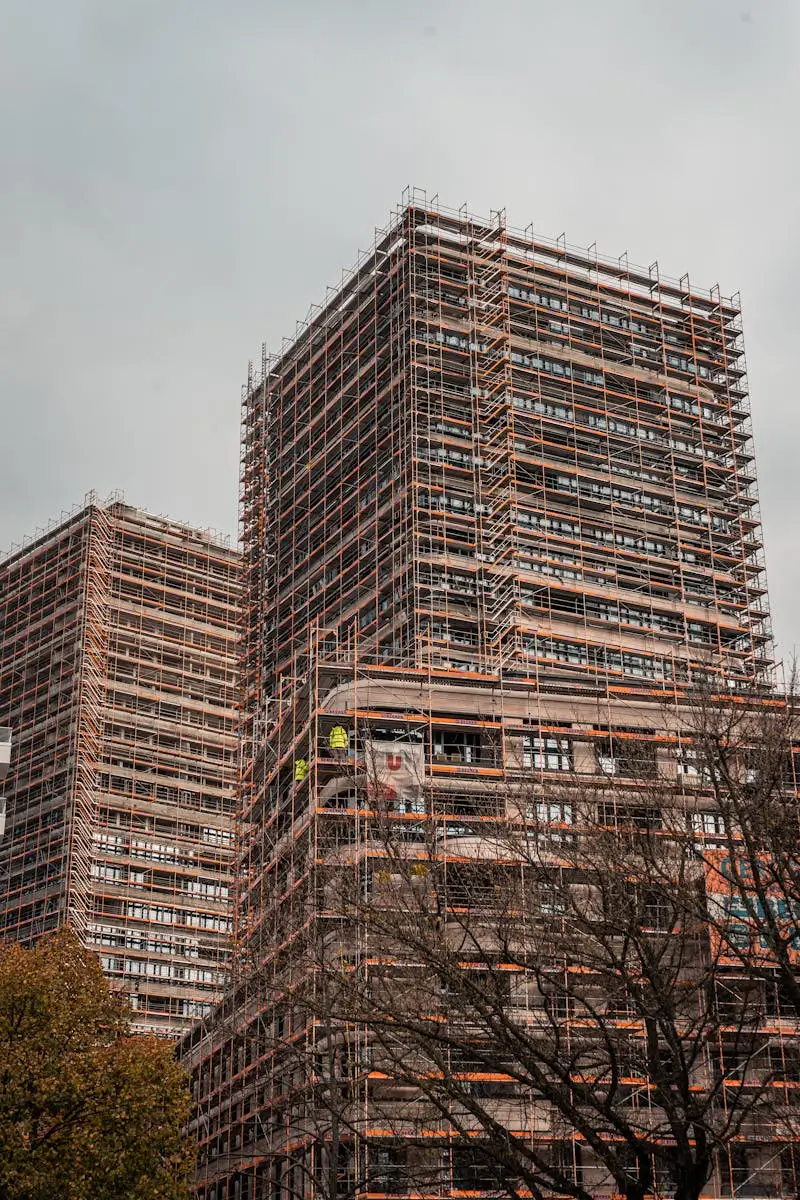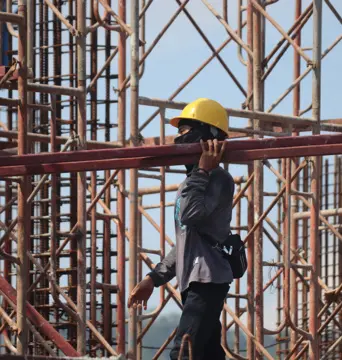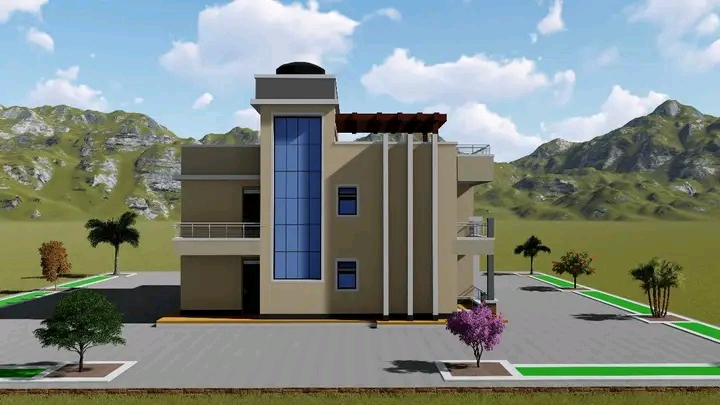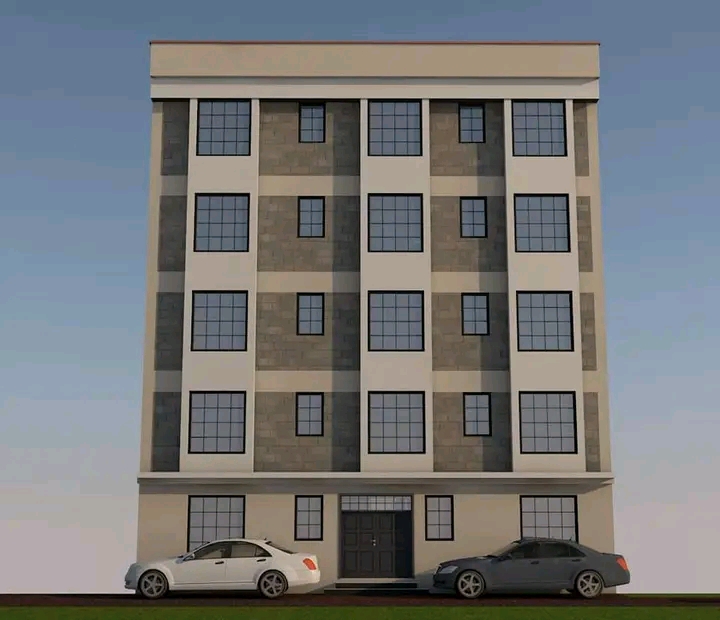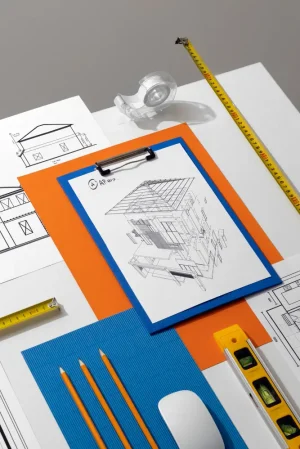Introduction to Construction Project Management in Kenya
Construction project management in Kenya plays a crucial role in ensuring that building projects are completed on time, within budget, and to quality standards. Effective management helps stakeholders avoid delays, control costs, and meet regulatory requirements. This guide covers best practices, tools, and strategies to improve project outcomes.
Importance of Effective Project Management
Effective project management ensures:
Timely completion of construction projects.
Efficient allocation of resources and budget.
Mitigation of risks and unforeseen challenges.
Compliance with Kenyan construction regulations.
By adopting proven management practices, project managers can deliver consistent results and satisfy clients.
Overview of the Kenyan Construction Landscape
Kenya’s construction industry is rapidly growing, driven by urbanisation, infrastructure development, and private investments. Projects range from residential and commercial buildings to large-scale roads and bridges. Key challenges include cost overruns, labour shortages, and regulatory compliance. Understanding the local landscape is essential for applying the right project management strategies.
Key Phases of Construction Project Management
Understanding the key phases of construction project management in Kenya is essential for delivering successful projects. Each phase ensures that resources are used efficiently, risks are minimised, and projects meet quality standards. Applying best practices at every stage helps managers stay on schedule and within budget.
Initiation and Planning
During initiation and planning, project goals, budgets, and timelines are defined. Critical tasks include:
Conducting feasibility studies.
Developing project schedules.
Allocating resources and setting budgets.
Identifying potential risks and mitigation strategies.
Strong planning sets a solid foundation for project success in the Kenyan construction industry.
Execution and Monitoring
The execution phase involves implementing the project plan while monitoring progress to ensure alignment with objectives. Key activities include:
Supervising on-site construction work.
Tracking budgets and timelines.
Managing subcontractors and stakeholders.
Using project management software for real-time updates.
Effective monitoring helps prevent delays and cost overruns.
Closing and Post-Construction
Closing and post-construction focus on finalising all project activities and ensuring quality standards are met. Tasks include:
Completing inspections and approvals.
Handing over the project to the client.
Documenting lessons learned for future projects.
Ensuring compliance with Kenyan construction regulations.
This phase ensures a smooth transition from construction to operational use.

Essential Best Practices for Successful Projects
Adopting essential best practices in construction project management in Kenya ensures projects are delivered on time, within budget, and to high-quality standards. These practices help minimise risks, improve team efficiency, and comply with local regulations. Implementing them consistently can significantly increase project success rates.
Detailed Project Planning and Scheduling
Effective planning and scheduling are the backbone of any successful construction project. Key actions include:
Creating realistic timelines for each project phase.
Setting clear milestones and deliverables.
Coordinating tasks across teams and subcontractors.
Using project management software to track progress.
Proper planning ensures every activity aligns with the overall project goals.
Resource Allocation and Budget Management
Managing resources and budgets efficiently prevents waste and cost overruns. Best practices include:
Assigning the right personnel and equipment to tasks.
Monitoring material usage to reduce losses.
Regularly reviewing budgets against actual spending.
Adjusting allocations proactively to address shortfalls.
Efficient resource management keeps projects on schedule and within financial limits.
Risk Management Strategies
Construction projects in Kenya face risks like delays, cost fluctuations, and regulatory hurdles. Effective strategies include:
Identifying potential risks early.
Developing contingency plans for each risk.
Conducting regular risk assessments during project execution.
Training teams on safety and emergency procedures.
Proactive risk management reduces surprises and project disruptions.
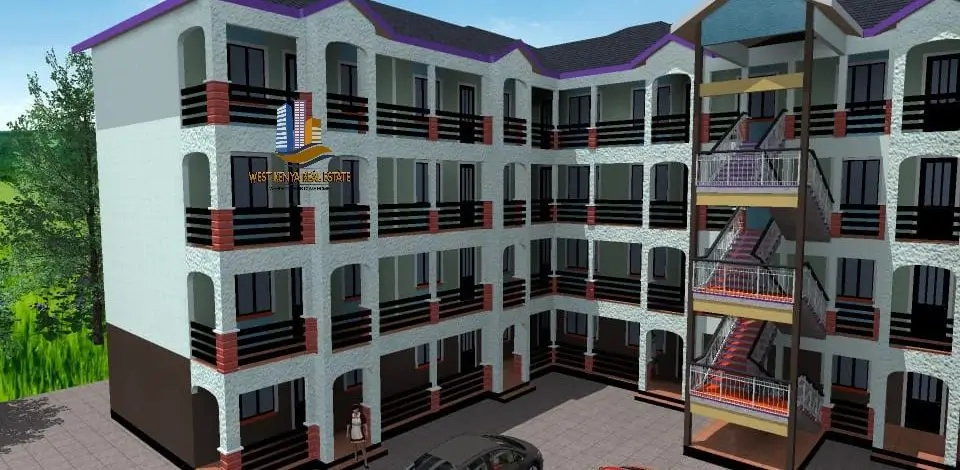
Quality Control and Assurance
Maintaining high-quality standards ensures client satisfaction and regulatory compliance. Practices include:
Conducting regular inspections at key stages.
Implementing standardised procedures for materials and workmanship.
Documenting quality checks and approvals.
Addressing defects promptly before project completion.
Quality control helps maintain reputation and long-term project value.
Health, Safety, and Environmental Compliance
Prioritising health, safety, and environmental standards protects workers and the community. Key steps include:
Following Kenyan construction safety regulations.
Providing personal protective equipment (PPE) and safety training.
Implementing environmentally friendly construction practices.
Regularly auditing safety and environmental compliance.
Ensuring compliance reduces accidents, legal issues, and environmental impact.

Technological Tools Enhancing Project Management
Using technological tools in construction project management in Kenya can streamline workflows, improve communication, and increase overall efficiency. Integrating these tools helps project managers track progress, manage resources, and ensure timely delivery while maintaining quality standards.
Project Management Software and Platforms
Project management software simplifies planning, scheduling, and team coordination. Key benefits include:
Tracking project timelines and milestones.
Managing budgets and resources in real time.
Generating reports for stakeholders.
Facilitating team communication and collaboration.
Popular platforms used in Kenya include Microsoft Project, Primavera, and Procore, which help managers stay organised and proactive.
Building Information Modelling (BIM)
BIM allows project managers to create digital representations of buildings and infrastructure. Key advantages include:
Visualising construction processes before execution.
Detecting design clashes early to avoid costly errors.
Improving collaboration among architects, engineers, and contractors.
Enhancing decision-making through accurate data.
BIM adoption in Kenya is growing, especially in commercial and infrastructure projects.
Mobile Applications for On-Site Management
Mobile apps empower construction teams to manage tasks directly from the site. Benefits include:
Real-time reporting of progress and issues.
Tracking equipment, materials, and labour efficiently.
Communicating instantly with project managers and stakeholders.
Accessing digital plans and documents on-site.
Using mobile tools reduces delays and ensures project updates are accurate and timely.
Related post: Civil Engineering vs Contractors – Key Differences
The Trends in Residential Construction in Nairobi
Related post: Cost of Building a 2-Bedroom Bungalow in Kenya: 2025 Guide
Case Studies: Successful Project Management in Kenya
Examining successful construction projects in Kenya highlights how effective project management practices deliver results. These case studies show real-world applications of planning, risk management, and technology, providing valuable lessons for future projects.
Road Construction Projects
Kenya has seen numerous road projects completed successfully through careful project management. Key takeaways include:
Detailed planning and scheduling to meet tight deadlines.
Efficient resource allocation for labour, equipment, and materials.
Regular monitoring and risk assessments to prevent delays.
Compliance with safety and environmental regulations.
Examples like the Nairobi–Mombasa Highway expansion demonstrate how strong management leads to timely and quality outcomes.
Residential and Commercial Developments
Residential and commercial projects in Kenya also benefit from best practices in project management. Lessons include:
Using technology like BIM for accurate design and construction coordination.
Maintaining quality through regular inspections and standardised procedures.
Managing budgets and timelines proactively to avoid overruns.
Coordinating multiple stakeholders effectively for smoother execution.
Case studies in Nairobi and Mombasa show how these strategies improve client satisfaction and project success.
Related post: 4-Bedroom Duplex House Plans in Kenya – Designs & Pricing
Overcoming Common Challenges in Kenyan Construction Projects
Construction projects in Kenya often face challenges such as delays, budget overruns, and regulatory hurdles. Effective project management strategies help overcome these obstacles, ensuring that projects are completed successfully and meet quality standardstandardstandardsardsardsrdss.
Addressing Delays and Cost Overruns
Delays and unexpected costs are common in Kenyan construction projects. Strategies to manage them include:
Developing realistic schedules with clear milestones.
Monitoring progress regularly to identify potential delays.
Allocating contingency budgets for unexpected expenses.
Using project management software to track timelines and costs.
Managing Stakeholder Expectations
Construction projects involve multiple stakeholders, including clients, contractors, and government authorities. Best practices for managing expectations include:
Communicating progress transparently and regularly.
Setting clear deliverables and responsibilities.
Involving stakeholders in key decisions.
Addressing concerns promptly to maintain trust.
Navigating Regulatory Compliance
Compliance with Kenyan construction regulations is critical for project success. Tips include:
Staying updated on building codes, permits, and approvals.
Conducting regular audits to ensure adherence.
Training teams on safety and environmental standards.
Engaging with local authorities early to avoid delays.
Land Transfer Costs in Kenya Explained
The Role of Project Managers in Kenya’s Construction Industry
Project managers are critical to the success of construction projects in Kenya. They coordinate teams, manage resources, and ensure that projects meet quality, budget, and timeline requirements. Understanding their roles helps stakeholders optimize performance and achieve project goals.
Responsibilities and Skills Required
Effective project managers handle multiple responsibilities to keep projects on track:
Planning, scheduling, and resource allocation.
Monitoring project progress and performance.
Managing budgets and mitigating risks.
Leading teams and coordinating subcontractors.
Key skills include leadership, communication, problem-solving, and knowledge of Kenyan construction regulations.
Certification and Professional Development
Professional development strengthens project management competence:
Obtaining certifications like PMP (Project Management Professional) or PRINCE2.
Attending training programs on construction management in Kenya.
Staying updated on industry trends and technological tools.
Learning from case studies and mentoring opportunities.
Certified and well-trained project managers deliver higher-quality projects more efficiently.
Conclusion and Call to Action
Project management in construction Kenya is essential for delivering projects on time, within budget, and to high-quality standards. By applying best practices, leveraging technology, and managing risks effectively, project managers can overcome common challenges and achieve successful outcomes.
Key Takeaways:
Plan thoroughly and schedule realistically for every project phase.
Allocate resources efficiently and monitor budgets closely.
Implement risk management, quality control, and safety compliance.
Use technological tools like BIM, mobile apps, and project management software.
Learn from successful case studies in road, residential, and commercial projects.
To achieve better results in your construction projects, adopt these best practices and consider professional training or certifications for your project management team. Staying proactive, informed, and connected with industry trends ensures consistent success in Kenya’s dynamic construction sector.
Frequently Asked Questions (FAQ)
Q1: What are the key phases of construction project management in Kenya?
A: The main phases include initiation and planning, execution and monitoring, and closing/post-construction. Each phase requires careful scheduling, resource allocation, and risk management to ensure project success.
Q2: How can project managers effectively allocate resources in Kenyan construction projects?
A: Effective allocation involves assigning the right personnel, equipment, and materials to tasks, monitoring usage, and adjusting resources as needed to stay on budget and schedule.
Q3: What are the common risks in construction projects in Kenya and how can they be mitigated?
A: Common risks include delays, cost overruns, and regulatory issues. Mitigation strategies involve early risk identification, contingency planning, and continuous monitoring throughout the project.
Q4: Why is quality control crucial in the Kenyan construction industry?
A: Quality control ensures that projects meet client expectations and regulatory standards. Regular inspections, standardized procedures, and prompt defect correction prevent costly issues later.
Q5: What health and safety regulations must be followed in Kenyan construction projects?
A: Projects must comply with the Occupational Safety and Health Act, local building codes, and environmental guidelines. Providing PPE, training workers, and regular safety audits are essential practices.
Q6: How can Building Information Modeling (BIM) improve construction project management in Kenya?
A: BIM allows digital visualization of projects, early detection of design clashes, better collaboration among stakeholders, and improved decision-making based on accurate data.
Q7: What are the benefits of using project management software in Kenyan construction projects?
A: Software improves scheduling, budget tracking, team communication, and reporting. Tools like Microsoft Project, Primavera, and Procore help managers monitor progress in real-time.
Q8: What qualifications and certifications should a construction project manager have in Kenya?
A: Recommended certifications include PMP (Project Management Professional), PRINCE2, and local construction management courses. Continuous professional development and industry training enhance skills and project performance.
